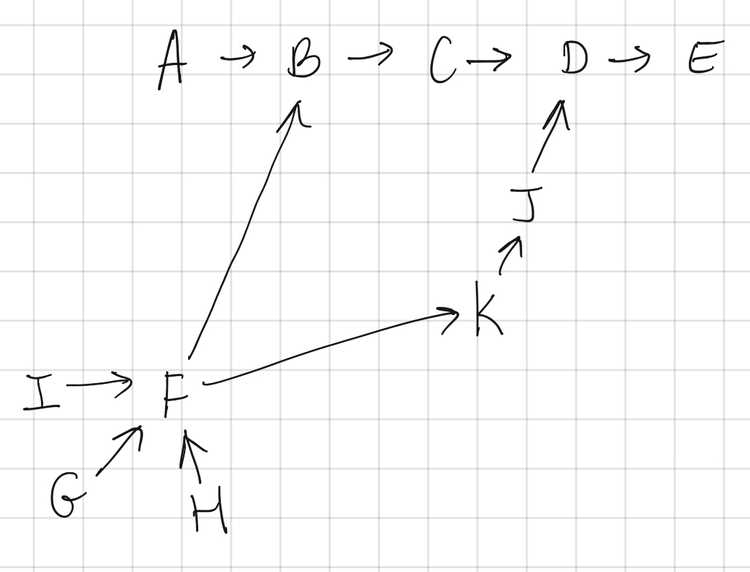- 0. 1/0 Knapsack Problem
- 0. Bike Rental Scheduling
- 0. Max Sum Increasing Subsequence
- 1. Two Sum
- 19. Remove Nth Node From End of List
- 35. Insert Search Position
- 45. Jump Game II
- 53. Maximum Subarray
- 63. Unique Paths II
- 70. Climbing Stairs
- 72. Edit Distance (Levenshtein Distance)
- 75. Sort Colors (Dutch National Flag)
- 78. Subsets (Power Set)
- 136. Single Number
- 141. Linked List Cycle
- 150. Evaluate Reverse Polish Notation
- 160. Intersection of Two Linked Lists
- 169. Majority Element
- 200. Number of Islands
- 210. Course Schedule II
- 215. Kth Largest Element in an Array
- 226. Invert Binary Tree
- 231. Power of Two
- 234. Palindrome Linked List
- 237. Delete a Node in a Linked List
- 279. Perfect Squares
- 322. Coin Change
- 323. Number of Connected Components in an Undirected Graph
- 344. Reverse a String
- 380. Insert Delete GetRandom O(1)
- 383. Ransom Note
- 392. Is Subsequence
- 406. Queue Reconstruction by Height
- 417. Pacific Atlantic Water Flow
- 468. Validate IP Address
- 490. The Maze
- 509. Fibonacci Number
- 518. Coin Change II
- 520. Detect Capital
- 528. Random Pick with Weight
- 690. Employee Importance
- 700. Search in a Binary Search Tree
- 703. Kth Largest Element in a Stream
- 705. Design Hashset
- 706. Design Hashmap
- 733. Flood Fill
- 912. Sort an Array
- 933. Number of Recent Calls
- 994. Rotting Oranges
- 1029. Two City Scheduling
- 1431. Kids with Greatest Number of Candies
- 1436. Destination City
- 1437. Check If All 1's are at Least Length K Places Away
- 1446. Consecutive Characters
- 1447. Simplified Fractions
- .
1436. Destination City
Last Updated: 2020.06.12
Table of Contents
Resources
Question Source: Destination City - LeetCode
Dictionary: O(n) / O(n)
class Solution:
def destCity(self, paths):
dic = {}
for city in paths:
dic[city[0]] = city[1]
# print(dic)
cur_city = paths[0][0]
while cur_city in dic:
cur_city = dic[cur_city]
return cur_city
s = Solution()
s.destCity([["B","C"],["D","B"],["C","A"]]) # A
s.destCity([["London","New York"],["New York","Lima"],["Lima","Sao Paulo"]]) # Sao Paulo
s.destCity([["A","Z"]]) # ZTwo Sets: O(n) / O(n)
Intuition
Since no loops are possible, we know that the path can be represented as a graph. For example:

The insight here is that the destination city E is the only "Arrival" city that is not also a "Departure" city.
Even though city F has multiple Departure Cities pointing to it and points to mutiple Arrival Cities, it remains that F is only arrived at once. Every single city is only arrived at once because there are no cycles in this graph.
We can represent the Departure and Arrival cities as two separate sets:
Departure: {"A","B","C","D","F","G","H","I","J","K"}
Arrival: {"B","C","D","F","G","H","I","J","K","E"}Notice that "E" is unique to the Arrival set and "A" is unique to the Departure set. In fact, we can get both the Destination City and Initial City by subtracting the two sets:
initial = Departure - Arrival = {"A"}
destination = Arrival - Departure = {"E"}For a review on how sets work, see Python Set Operations
To solve the question, we have to get the value for the only element in the Destination set. We can do this easily using destination.pop().
Code
Note
Note that this:
depart = set(paths[i][0] for i in range(len(paths)))
arrive = set(paths[i][1] for i in range(len(paths)))And this
depart = set(path[0] for path in range(len(paths)))
arrive = set(path[1] for path in range(len(paths)))Are the same. IMO the bottom one is more readable.
Code
class Solution:
def destCity(self, paths):
depart = set(path[0] for path in range(len(paths)))
arrive = set(path[1] for path in range(len(paths)))
return (arrive - depart).pop()The below code is the same as above, but written in one line to be fancy 🤷🏻♀️:
class Solution(object):
def destCity(self, paths):
return (set([path[1] for path in paths]) - set([path[0] for path in paths])).pop()